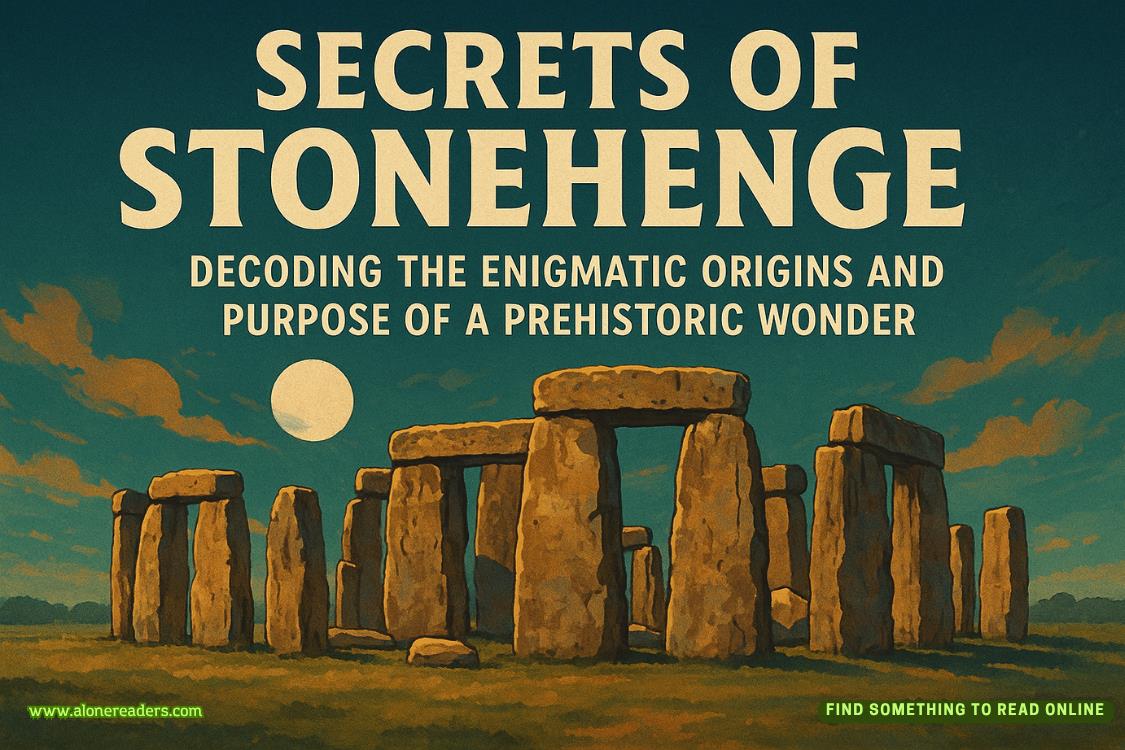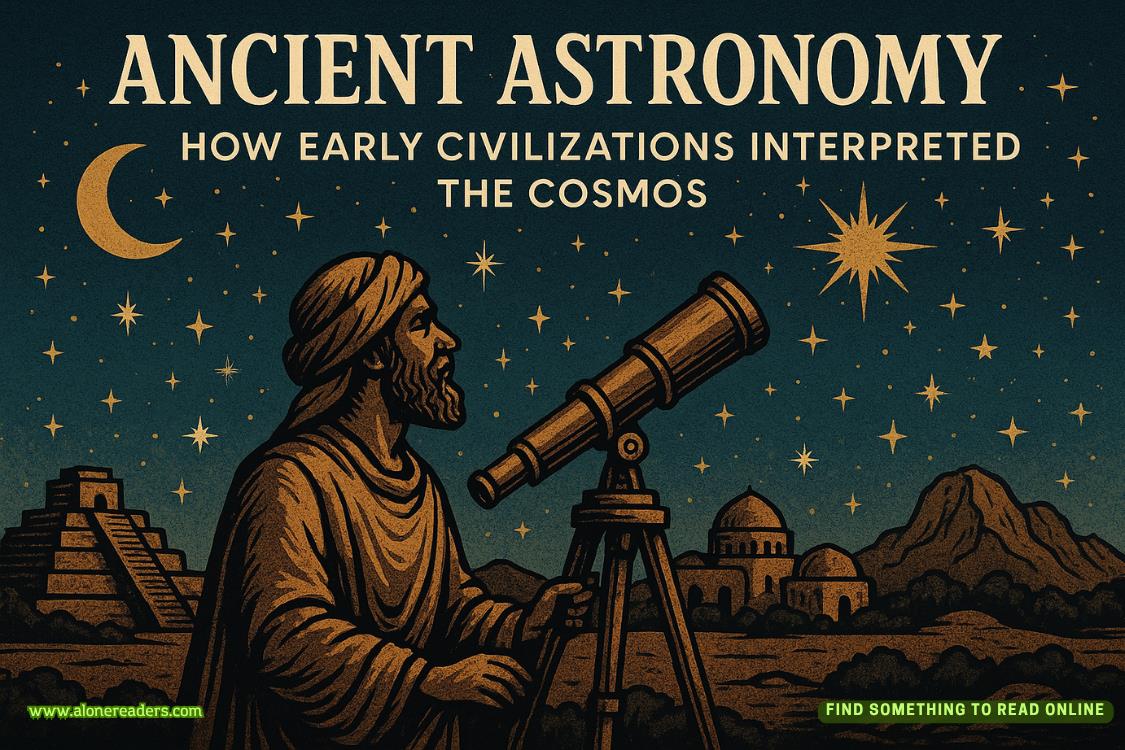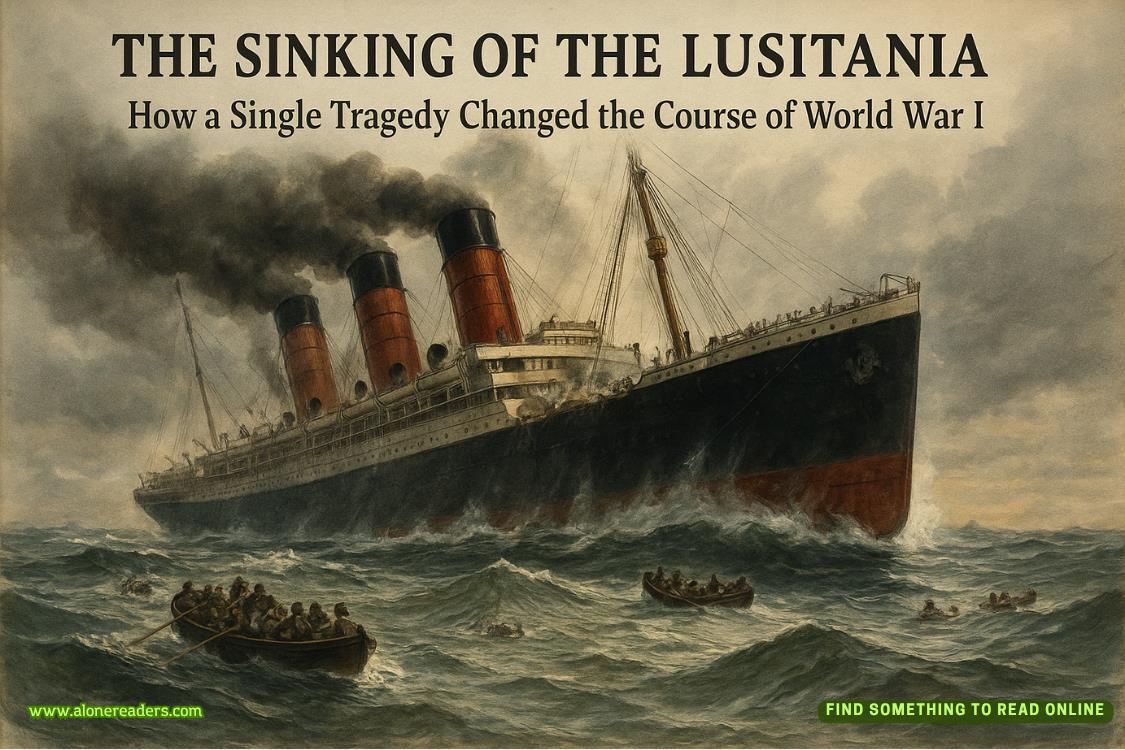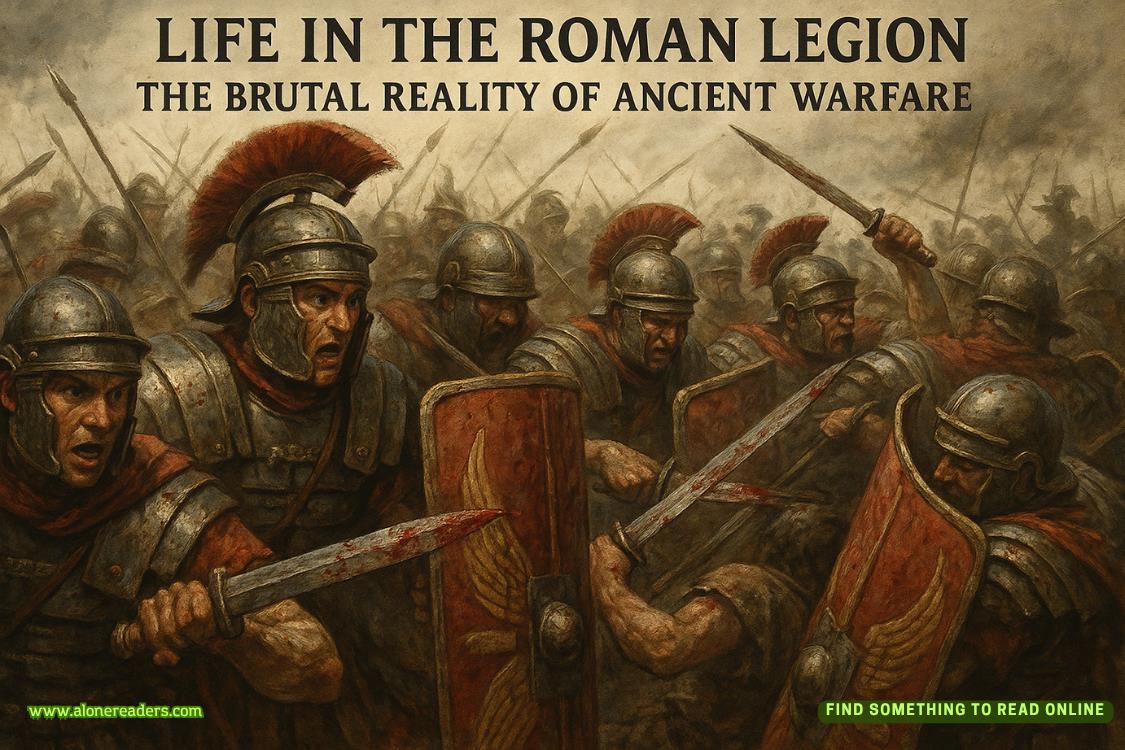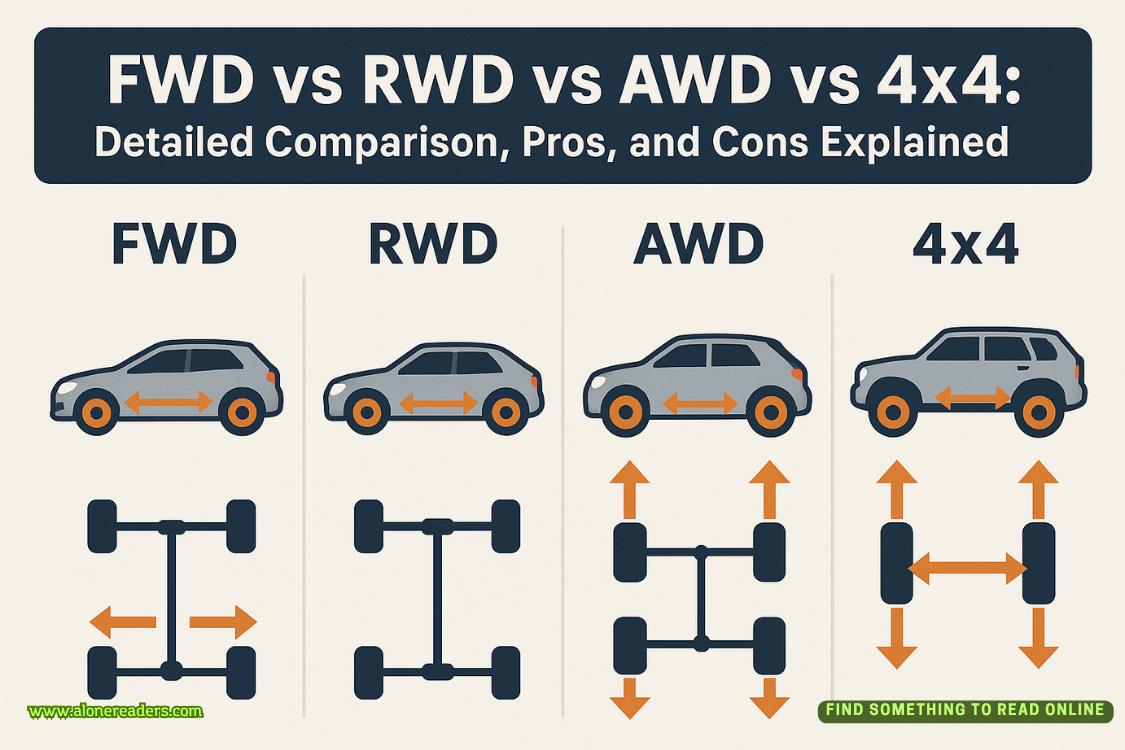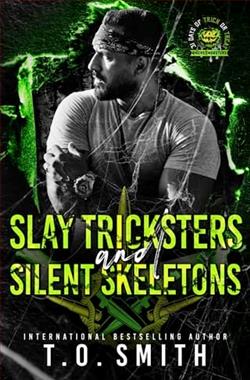Page 10 of Hitched to my Boss
The question catches me off guard. Most people assume I fell into this work because of my military background, or because it's profitable, or because I couldn't find anything else. Nobody's ever asked what drew me to it.
"I like solving puzzles," I say finally. "Every wildlife conflict is essentially a puzzle. You've got animals behaving in ways that create problems for humans, and usually it's because something in their environment has changed. Food sources, habitat destruction, climate factors, and human encroachment. Figureout what changed, and you can usually figure out how to redirect the behavior."
"And that appeals to you because?"
"Because there's always a solution that doesn't require killing anything. It just takes patience and observation to find it."
She nods, making notes on a separate device while the tablet continues recording. "Tell me about a situation where someone tested your patience. Where the obvious solution didn't work and you had to get creative."
I think for a moment, then remember a job from last year that had frustrated me for weeks. "There was a black bear in Colorado that kept getting into a resort's dumpsters. Standard approach would be to relocate the bear, but this one had cubs, and moving a mother with young that time of year could have killed them."
"So what did you do?"
"Spent three weeks observing the bear's patterns, figuring out exactly when and how she was accessing the dumpsters. Turned out the resort's landscaping had created a perfect corridor from the forest to their waste management area, and their dumpster design made it easy for her to get inside even when they thought they'd secured it."
"How did you solve it?"
"Convinced the resort to modify their landscaping to redirect her path toward a natural food source area and designed a different dumpster system that she couldn't access but wouldn't require the staff to change their routine too much." I remember the satisfaction of watching the bear lead her cubs away from the resort toward the berry patches we'd identified. "She stopped coming to the dumpsters within a week."
"And the resort was happy with that solution?"
"They were thrilled. No bear conflicts, no negative publicity about harming wildlife, and the guests actually started getting excited about spotting the bear family in their natural habitat."
Natalia smiles, and I realize I've been talking for several minutes without feeling self-conscious. Usually, explaining my work to people feels like justifying my choices, but with her, it feels like sharing something I'm proud of.
"That's exactly the kind of story we need to showcase," she says. "It demonstrates your expertise, your problem-solving approach, and the benefits to your clients all in one example."
"You think Marcus Hartwell would care about any of that?"
"I think Marcus Hartwell wants to know that you'll find a solution that works for his specific situation instead of applying some generic approach." She scrolls through her notes. "Tell me about the wolf situation. What would your approach be if he hired you?"
This is easier territory, the kind of tactical planning I do naturally. "First step is always assessment. I'd need to observe the pack's behavior patterns, identify their territory boundaries, and figure out why they're targeting his livestock instead of natural prey sources."
"What could cause that kind of behavior change?"
"A dozen different factors. Drought affecting their usual prey populations, habitat destruction that's pushed them into new territory, previous hunting pressure that's made them wary of their traditional hunting grounds." I lean forward, my mind already working through the possibilities. "Could even be that they've learned livestock are easier targets than wild prey, which means the solution isn't just relocation but retraining their hunting behavior."
"And if it turns out to be something that can't be easily changed? Like permanent habitat loss?"
"Then relocation becomes the best option, but you have to be strategic about where you move them. Find an area with adequate prey populations and minimal human conflict potential, make sure you're not just moving the problem to someone else's land."
"How long would a project like that typically take?"
"Depends on the complexity, but probably two to three months from initial assessment to full resolution." I catch myself getting excited about the challenge, the same way I always do when presented with a complex wildlife situation. "The key is taking enough time in the assessment phase that you're addressing the actual cause instead of just the symptoms."
Natalia has been typing steadily while I talk, her fingers flying over her laptop keyboard. "This is perfect. You light up when you talk about the work itself. That passion comes through clearly."
"Passion doesn't pay the bills."
"Passion combined with expertise absolutely pays the bills. Especially when you can demonstrate that your approach produces better long-term results than the quick fixes your competitors offer."
She's right, and I know it. The clients who've been happiest with my work are those who were willing to invest in comprehensive solutions rather than just immediate fixes. However, those clients found me through referrals, rather than through any marketing efforts on my part.
"So what's next?" I ask.
"Next, I write content that captures how you think about these problems, and showcase your expertise through specific examples, and positions you as someone who finds solutions rather than just providing services." She reaches for her coffee mug, but as she does, I'm leaning forward to grab my own cup.
We collide mid-reach. Her elbow hits my forearm, and her full coffee mug tips, sending hot liquid cascading across the table and directly onto her cream sweater.
